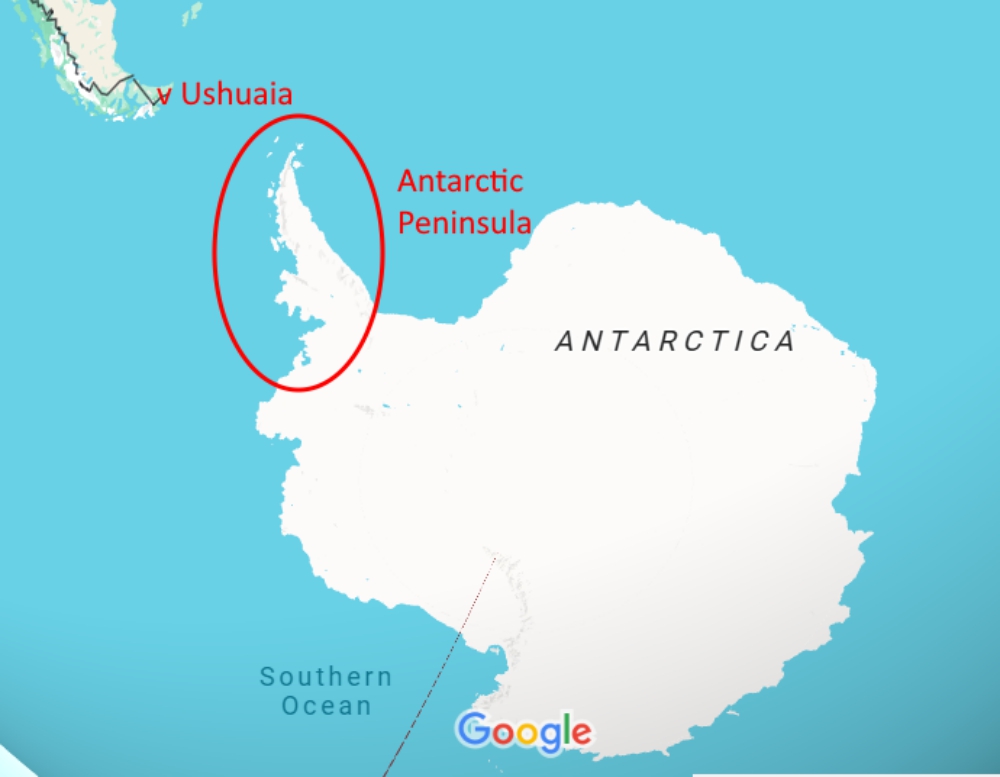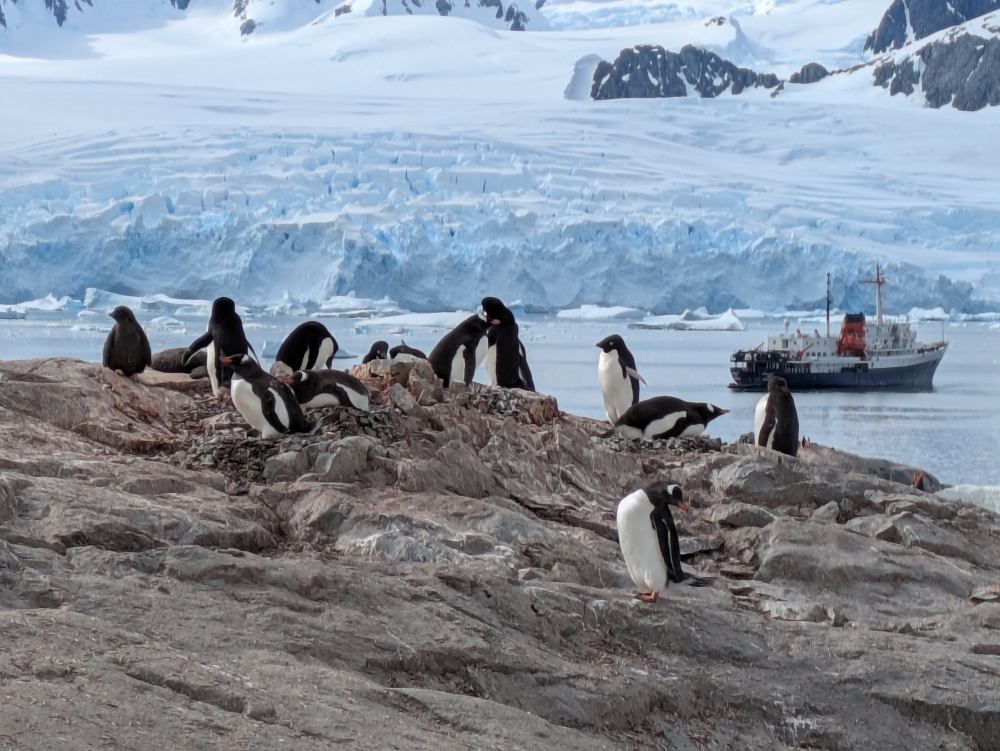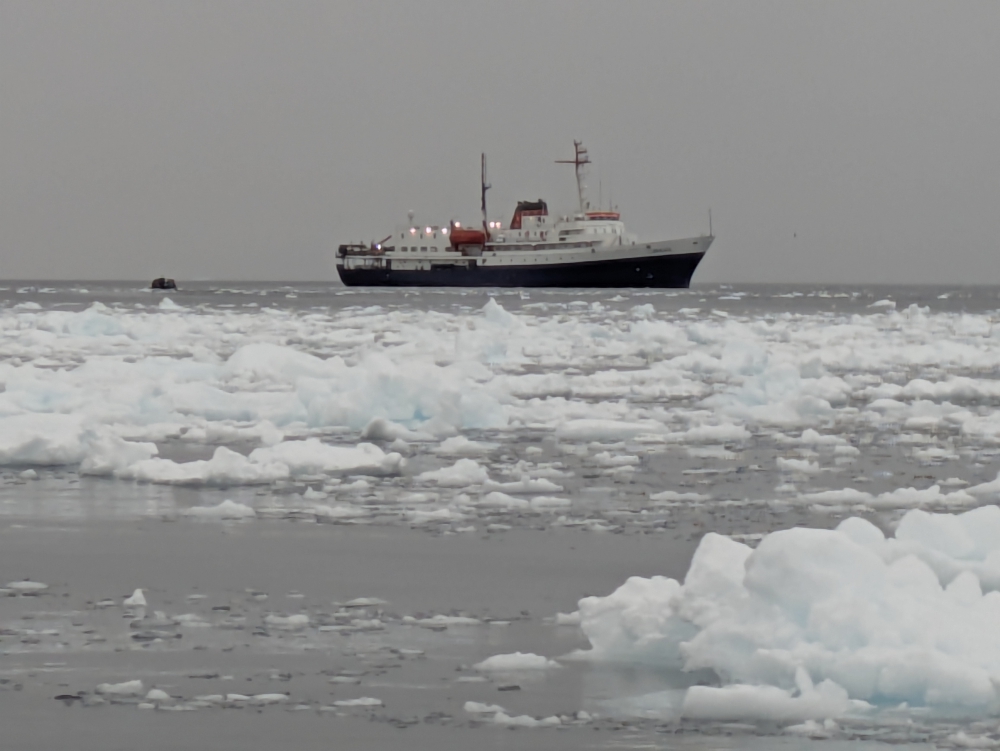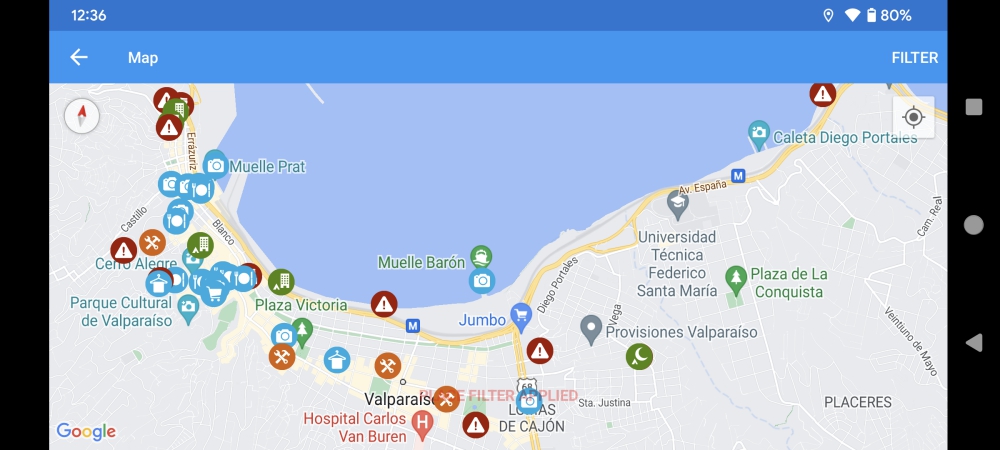“The scenery is amazing!” “The people are so friendly here!” “Everything just works!” “Argentina is dirt cheap!” – These were the sentiments shared by fellow overlanding friends when they arrived in Argentina, many months before we did. People loved the change of scenery, culture, attitude, and quality of life, once they crossed that “last” border.

View of a windy mountain road in Northern Argentina

A dusty neighborhood near our camping spot in Maimara

Many old cars litter Cafayate’s streets
Mark and I couldn’t wait to visit. But, sometimes, slow travel bites you in the butt. In March 2024, when the three of us finally arrived in Northern Argentina, prices for everything had doubled, if not tripled or quadrupled, and the excitement of other travelers was lost on us. Because we are on a tight budget? Because we travel with a dog? Because we came from “westernized” Chile with immaculate paved roads, leashed dogs, friendly drivers, clean cities, and modern feel?

Argentinian money comes in many colors and denominations – the biggest one being 2,000 pesos ($2) and the smallest one being 10 pesos (1 cent). The 1,000-peso bill is used the most. There are no coins!

The longest line at an ATM (cash machine) we have ever seen ocured in Tilcara

Line for an ATM in Cafayate
In a nutshell: We had expectations when we crossed the border (and that was our mistake, really; we know better than to have expectations). Yet, what we – initially – found were dusty towns, lots of trash, dangerously grooved roads, ear-piercingly loud motorcycles, the smell of burnt garbage, and loose dogs. There were also a lot of indigenous people, unlike in Chile. Northern Argentina felt like an extension of Peru and Bolivia, and it was NOT cheap.

Maya is sick of the barking, loose dogs and doesn’t want to budge anymore.

Loose dogs on every road in every town of Northern Argentina

Some loose dogs in the park next to our camper in Cafayate
Apart from those experiences as vehicle drivers, long-term travelers, and dog owners, of course there was beauty, joy, and excitement to be found as well. Why else would we still be on the road?

Our destinations in Northern Argentina
Susques
After a beautiful drive, a smooth and efficient border crossing in Pasa Jama, and a disappointing money exchange (our crisp U$100 bills weren’t as crisp as we thought, and the blue dollar “tourist” rate had dropped a lot), we spent our first night near the town of Susques, which has a cute adobe church.

Welcome to Argentina!

The one administrative building that houses all the stops and officials for a border crossing into Argentina

Ready with all the paperwork
Here, we had to choose between the famously pretty but bumpy Ruta 40 South or the paved comfort of Ruta 68. We picked the easy solution and are happy we did as it delivered beauty in the form of scenery and new friends.

Cute adobe church of Susques

The unique interior of the adobe church.

The famous Ruta 40 starts in Susques, next to the restaurant we spent our first night at.
Salinas Grandes
Before reaching our first real tourist town, we stopped at the salt flats of Salinas Grandes. We’d hoped to visit the Ojos, clear pools in the middle of the Salar, on a short van tour, but because of recent rains, this part was too wet to drive on. So, the three of us just walked around the salty terrain with its clear-blue canals – and Maya was a mess!

I believe these channels are formed from mining the salt.

One of the clear canals of the salt flats

Taking Maya for a salty walk on Salinas Grandes

One of the mountains is reflected on the wet salt flats
Purmamarca
In Purmamarca, we only anticipated a hike among the colored mountains. It was a hot afternoon, but the fee for the trail was low and the surroundings bright and attractive. When returning via the center of town, we liked it so much that we decided to spend the night on the sloped parking lot we had pulled into earlier. The pleasant atmosphere of downtown – and the prospect of dinner at a pizza restaurant that didn’t open until 8 pm – had us change plans.

Purmamarca is famous for its colored mountains

Colorful hills surround the trail in Purmamarca

Hiking under a hot sun in Purmamarca

Colorful and hot walk with Maya

Splurging on an excellent pizza and tasty bottle of wine at a local restaurant
Continue readingLike this:
Like Loading...











































































































































































